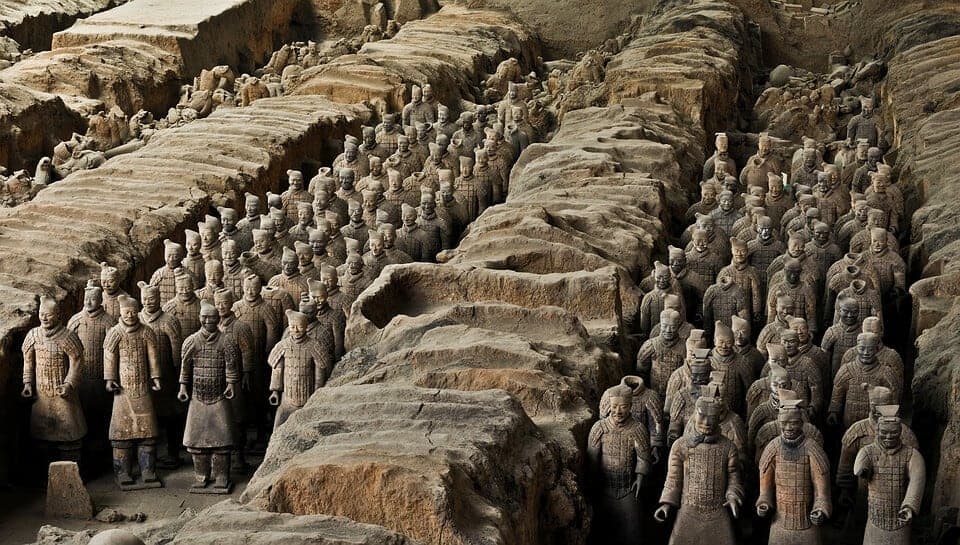For the bulk of history, knowledge of significant past events had a distressing tendency to blend into the mists of mythology, where fact and fiction dissolved into each other. More often, such knowledge simply disappeared altogether from the memory of mankind. Fortunately, that began to change over the past few centuries, thanks to science and archaeology, which have opened the gates to recovering and rediscovering our past. Following are twenty things about significant archaeological discoveries that had a huge impact on shaping or reshaping our understanding of history.
20. Discovering that Homer’s Troy actually existed

Homer’s Iliad is set in and around Troy, and recounts the final year of the Trojan War, sometime in the 13th century BC. As told by Homer, Troy was subjected to a ten year siege by a Greek coalition led by Mycenae’s high Agamemnon. Their goal was to recover recover Helen, wife of Sparta’s king and Agamemnon’s brother Menelaus, after she had been seduced by Paris, the son of Troy’s king Priam. The epic poem features plenty of rollicking adventures, a surfeit of graphic and gory combat, and numerous plot twists and turns from humans and gods. In the end, the city falls when the wily Odysseus tricks the Trojans into letting in a huge wooden horse, packed with Greek warriors.
As a story, the Iliad was awesome, but as history, Troy and the Trojan War were dismissed for centuries as pure myth. However, German archaeologist Heinrich Schliemann was convinced that there was actual truth in the Iliad, and set out to prove. From 1870 to 1890, Schliemann excavated the actual site of Troy, and his initial finds of gold and silver convinced him that he had found Homer’s Troy. As it turned out, Schliemann had excavated the right city, but the wrong period: his initial finds dated from about 1000 years before the Trojan War. The site actually held the remains of 9 different Troys, built atop each other. Excavations continued after Schliemann’s death in 1890, and today his finds are labeled Troy I through IX, with Troy VI being the likeliest candidate for Homer’s Troy.

